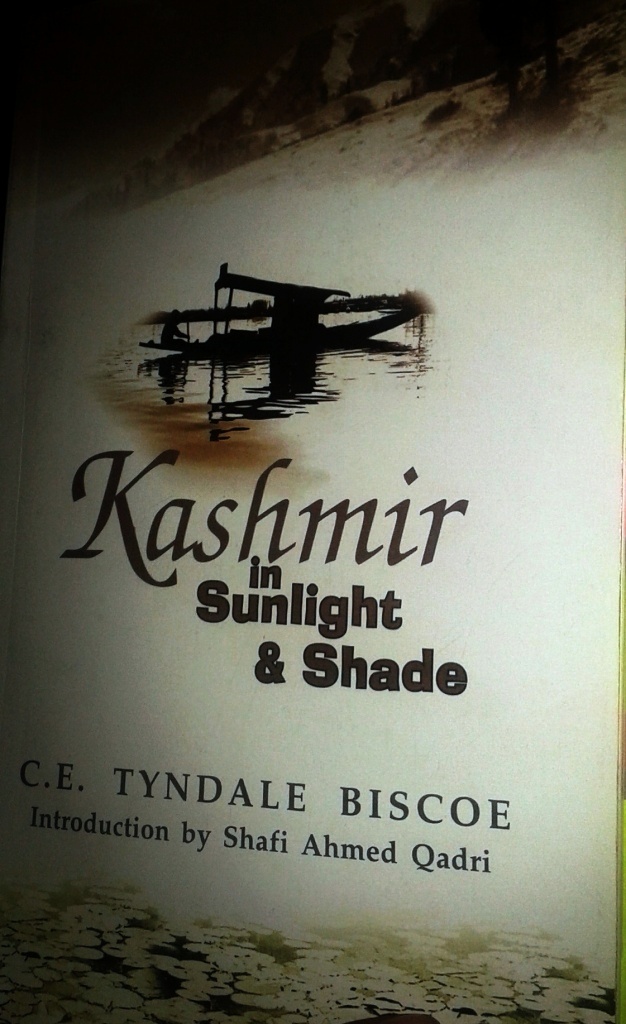A Book That Is Confused And Confusing

C.E. Tyndale Biscoe, in his book “Kashmir in Sunlight & Shade” has tried to depict long forgotten issues, the importance of which is suspect. It seems as if the author is prone to exaggeration, and it seems to be that he has fallen prey to stereotypes, so many decades ago when he wrote the book.
Tyndale Biscoe, a missionary, came to Kashmir in 1890 and stayed here for about 30 years. As a part of the mission, he did contribute to the education system. But to brag that Kashmiris should be happy that the missionaries were there to help at the time is absurd, as Mirwaiz Rasool Shah had already set up a proper education system in Srinagar. The author in his book criticizes the traditional ‘Madrassas’, saying that there the students were taught Arabic and Persian, so that they could read the Quran and not to understand the language and the literature. They only were concerned with reading the text of the Quran without understanding it.
The author has maintained in the book that Kashmiris are dirty, filthy and they hardly ever bathe.
Biscoe further writes, “I must say that the ordinary Kashmiri, as I have known for thirty years is a coward, a man with no self respect with deceitful nature” [p: 79] I agree with this statement made by Biscoe, but then he contradicts himself a little later in the book.
The author testifies to the fact that the Kashmiri Muslims, whom he refers to as Mohamadens, were given lower positions, when it came to the administration. Kashmiri Pandits, and the people from rest of the India were given the more important posts. The Kashmir narrative also claims the same.
While the author writes that Dr. Elmslie, from Scotland, was the first person who came to India (he meant Kashmir) as the medical missionary, he also writes about Robert Thorpe, who came to Kashmir on a mission. But here, his eyes caught the attention of the miseries of common Kashmiris, who were nothing more than slaves. The author has applauded Thorpe’s efforts and has discussed his role widely in the book. With the efforts of Thorpe, the plight of Kashmiris was first communicated to the world.
The leper hospital, which is situated near Ashai Bagh, was built to treat the leprosy patients separately. At that time, it was thought that the disease is contagious. There we find a colony. Colony: where the people who have suffered due to leprosy live. But what came as a surprise to me, was that the Christian missionaries tried to baptize them: the patients which were being treated there. As per the author, some of them were baptized and the first person who was baptized was KK. Author writes that: ‘He (KK) is intelligent, independent and certainly best among the lepers”[p:238]
The book seems to be a combination of different elements, and is confused and confusing. All in all, good for a quick flick through.
Kashmir in Sunlight & Shade
C.E. Tyndale Biscoe
Publisher: Gulshan Books,Srinagar.
Pages: 294 Price: 175/-



